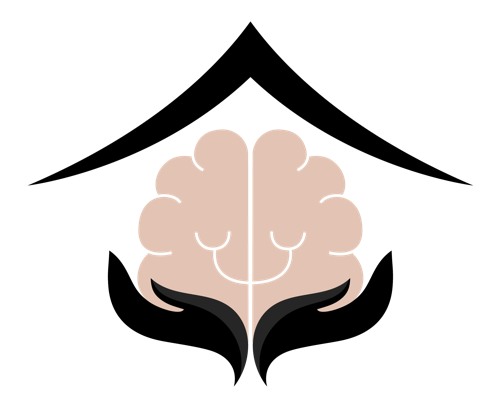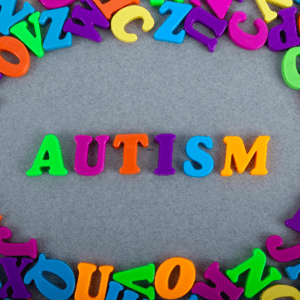Introduction
In the ever-evolving world of neurodiversity, two conditions often discussed are attention deficit hyperactivity disorder (ADHD) and autism spectrum disorder (ASD). Though distinct in their characteristics, recent studies and clinical observations have highlighted a fascinating overlap between these two conditions. Let’s embark on a journey to explore this intriguing link, unraveling the complexities and shared traits that intertwine ADHD and Autism in a unique neurodevelopmental tapestry.
 Understanding ADHD and Autism
Understanding ADHD and Autism
Before delving into their connection, it’s crucial to understand each condition individually.
ADHD at a Glance
ADHD is characterized by a persistent pattern of inattention and/or hyperactivity-impulsivity. Key features include:
– Inattention: Difficulty sustaining focus, forgetfulness, and disorganization.
– Hyperactivity: Excessive movement, fidgeting, and an inability to stay still.
– Impulsivity: Hasty actions without thought of consequences and difficulty delaying gratification.
ADHD is not just a childhood condition; it can continue into adulthood, affecting various aspects of life, including academic achievement, relationships, and work performance.
Autism Spectrum Disorder Explained
ASD is a developmental disorder with a spectrum of symptoms and severity. It’s marked by:
– Challenges in Social Interaction: Difficulty understanding social cues and maintaining conversations.
– Communication Difficulties: Both verbal and non-verbal communication might be affected.
– Repetitive Behaviors: Engaging in repetitive activities or routines; resistance to change.
– Sensory Sensitivities: Over or under-reaction to sensory stimuli.
Each individual with Autism is unique, with symptoms ranging from mild to severe.
The Overlapping Spectrum
The intersection of ADHD and Autism is where things get fascinating. Here’s what research and clinical experiences have revealed:
Shared Genetic Factors
Studies suggest that ADHD and Autism may share genetic roots. Certain genetic variations increase susceptibility to both conditions, implying a biological overlap.
Neurodevelopmental Cousins
Both are neurodevelopmental disorders, meaning they involve the development of the brain and nervous system. They emerge in early childhood and influence behavior, cognition, and social interaction.
Symptom Overlap
There are overlapping symptoms, such as:
– Social Challenges: Both might struggle with social interactions for different reasons.
– Focus Issues: While ADHD involves attention difficulties, individuals with Autism might also exhibit focused interests or activities, which can be mistaken for inattention.
– Executive Functioning Difficulties: Problems with organizing, planning, and maintaining focus are common.
 Co-Occurrence Rates
Co-Occurrence Rates
Research indicates a higher-than-expected co-occurrence of ADHD and Autism. Some individuals receive diagnoses of both, which can complicate diagnosis and treatment.
Implications for Diagnosis and Treatment
Understanding this overlap is crucial for accurate diagnosis and effective treatment. Misdiagnosis or overlooking one condition can lead to suboptimal treatment strategies. For instance, stimulant medications common in ADHD treatment might not be as effective or could have different effects in those with a dual diagnosis.
Personalized Approach
A nuanced understanding leads to personalized treatment plans encompassing medication, behavioral therapy, and support for both ADHD and Autism characteristics.
Conclusion
The link between ADHD and Autism opens a window into the intricate workings of the human brain and behavior. Recognizing their overlap not only aids in better diagnosis and treatment but also fosters a greater appreciation of neurodiversity. As we continue to explore these connections, we inch closer to a world where the uniqueness of each mind is understood and celebrated.

 Understanding ADHD and Autism
Understanding ADHD and Autism Co-Occurrence Rates
Co-Occurrence Rates

